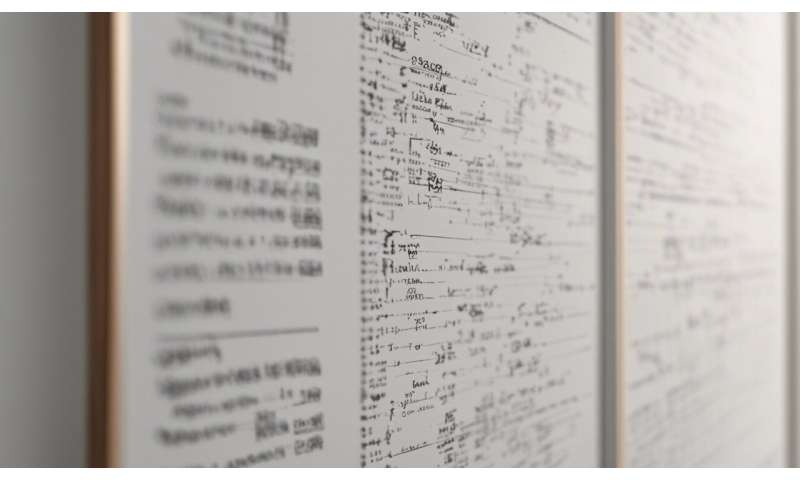Third of children who need glasses aren’t wearing them

It’s a problem many teachers are familiar with, a student apparently struggling in class, but in fact just suffering from something that’s easily fixed—vision problems—with an inexpensive pair of glasses.
It’s estimated that more than 3.4m children aged four to 16 in the UK have been diagnosed with a vision problem. Indeed, vision screenings are carried out routinely in schools by the NHS and glasses are free.
Approximately 15% of students fail the screening and a third do not obtain the glasses or the prescription needed, which can have an impact on their reading and mathematics achievement. But NHS rules prevent schools from receiving the results of the screening, which instead go into letters sent to students’ homes.
Research shows that in poorer, high-poverty families, or those where parents don’t read English, getting glasses isn’t always a priority. And so it seems students from the most disadvantaged backgrounds are the most likely to suffer from uncorrected vision problems.
Research in China and the US highlights that disadvantaged children are more likely to experience vision problems and less likely to receive the treatment and eyeglasses they need. Research also suggests that interventions aren’t always implemented by schools in the way that’s intended.
Glasses in Classes
Our new study, Glasses in Classes, aims to identify young children in a disadvantaged multi-ethnic community who need glasses and get them wearing them—with the aim of improving their academic, social and emotional learning long-term. It is the first ever UK study to examine the impact of a school-based intervention to support the wearing of glasses in young children and to measure subsequent improvement of the child’s academic and health outcomes. The research project is funded by the Education Endowment Foundation.
This large-scale randomized controlled trial involving 100 schools is part of a collaboration between the University of Nottingham, NHS Bradford Teaching Hospitals Foundation Trust and the University of Leeds. It will see reception year children (four- to five-year-olds) participate in vision screenings and academic achievement assessments. In half the schools, those who fail the eye assessment will be given glasses—along with a spare pair to be kept in school as needed. In the other schools, business-as-usual procedures will be followed. That is, parents will receive a letter.
In the treatment schools, there will be training materials for school staff, campaign materials for families, school-based systems to ensure children wear their glasses in school and spare glasses will be made available. Schools will also be able to find out the results of the vision assessments, and each school will have a designated lead for vision issues. Children who need follow up after their vision screening will have repeat vision and achievement assessments in 2020.
Easily fixed
Existing research shows that the current system leaves some children—particularly those from high-poverty backgrounds—at a disadvantage in school. Vision problems left untreated result in some children having learning difficulty and needing remedial services—a major cost for school systems.
Indeed, more than one in ten children are estimated to have an undiagnosed common vision problem that affects their learning and development. Yet a quarter of four- to 16-year-olds have never been taken for a vision assessment by their parents—many of whom say they waited for their child to show certain behaviors, such as sitting too close to the television, before taking them for a vision assessment.
Source: Read Full Article


